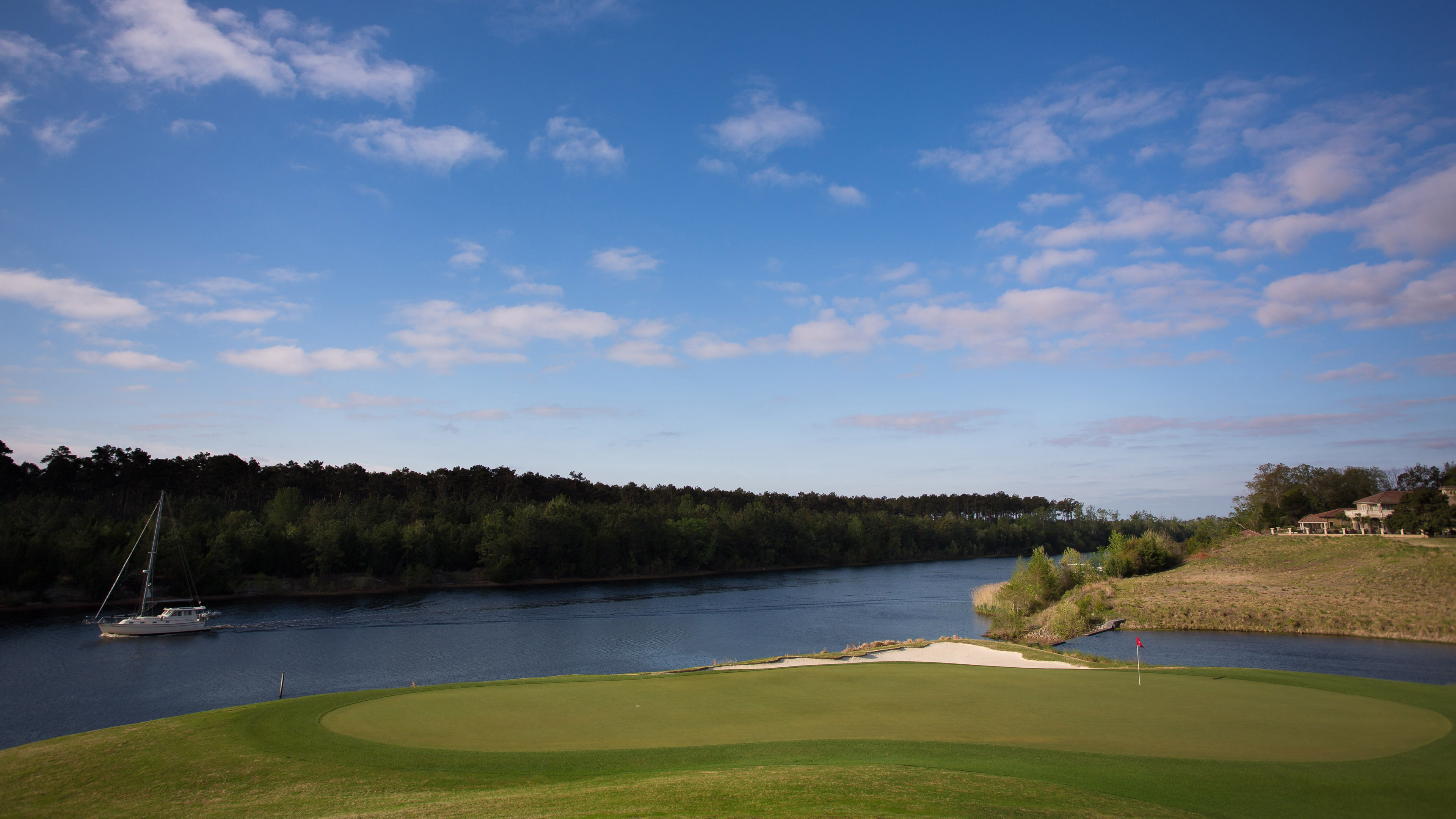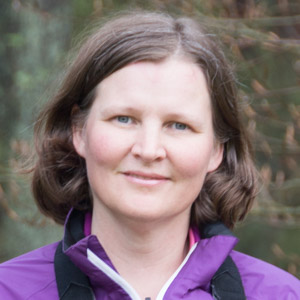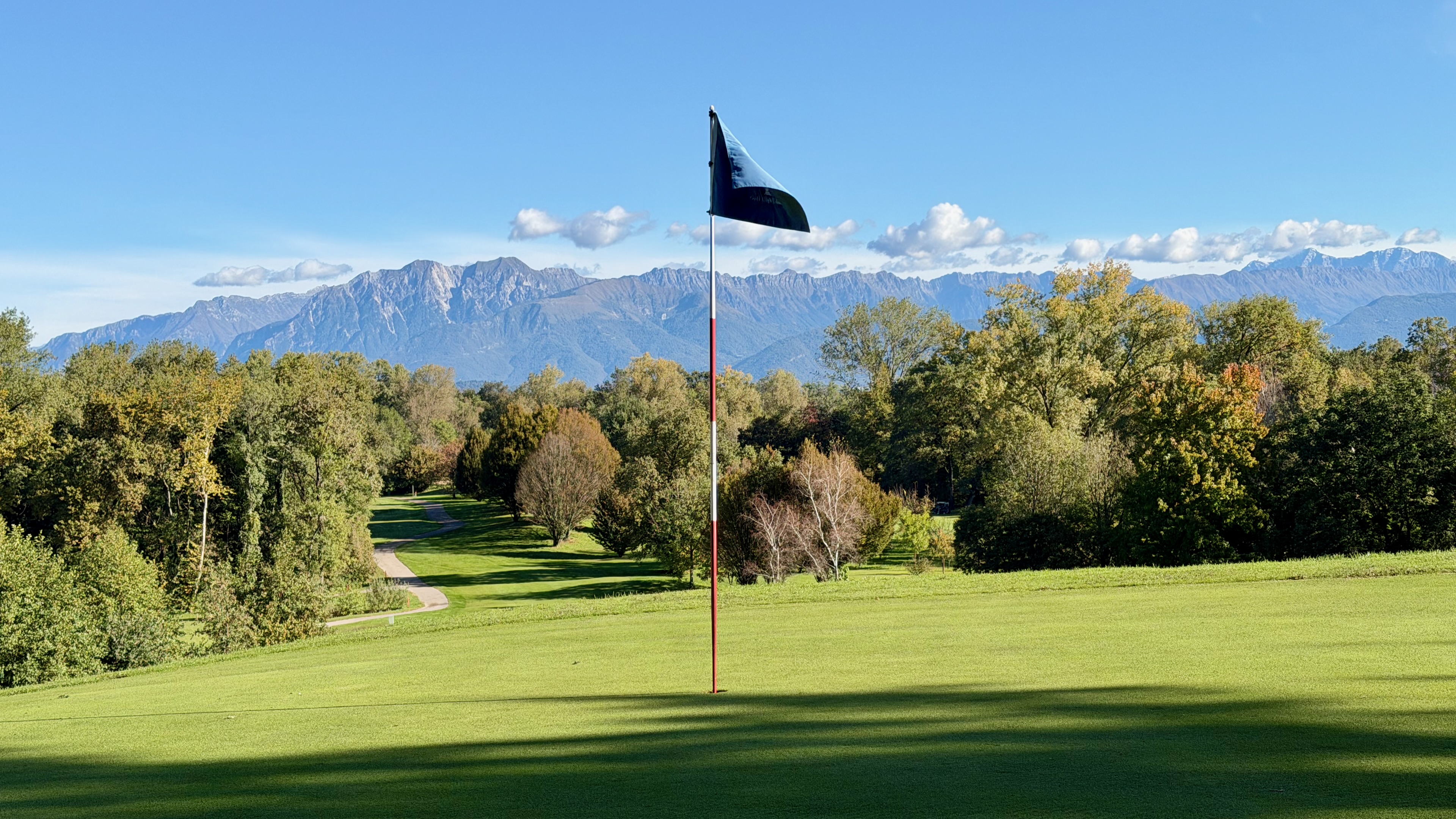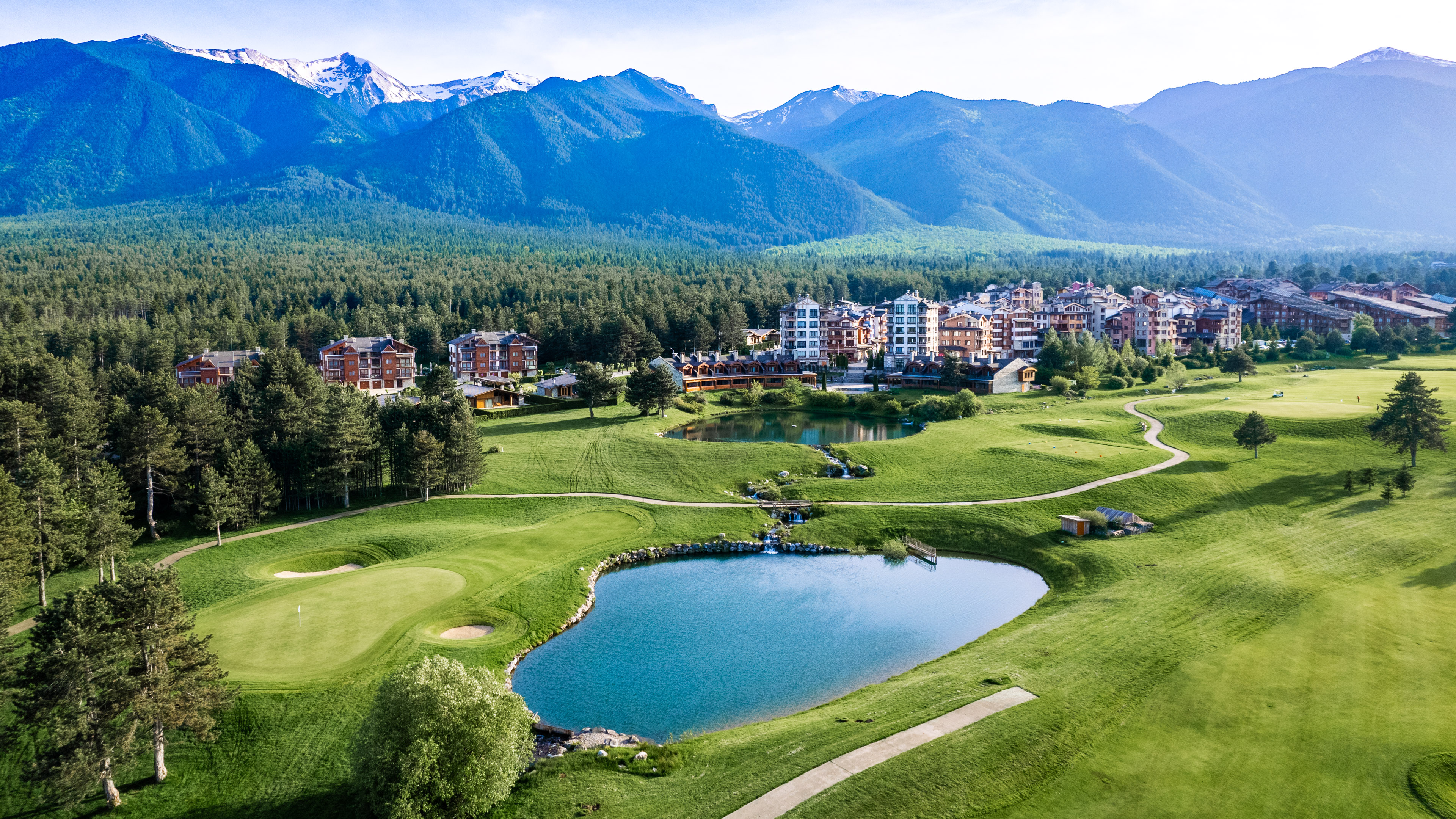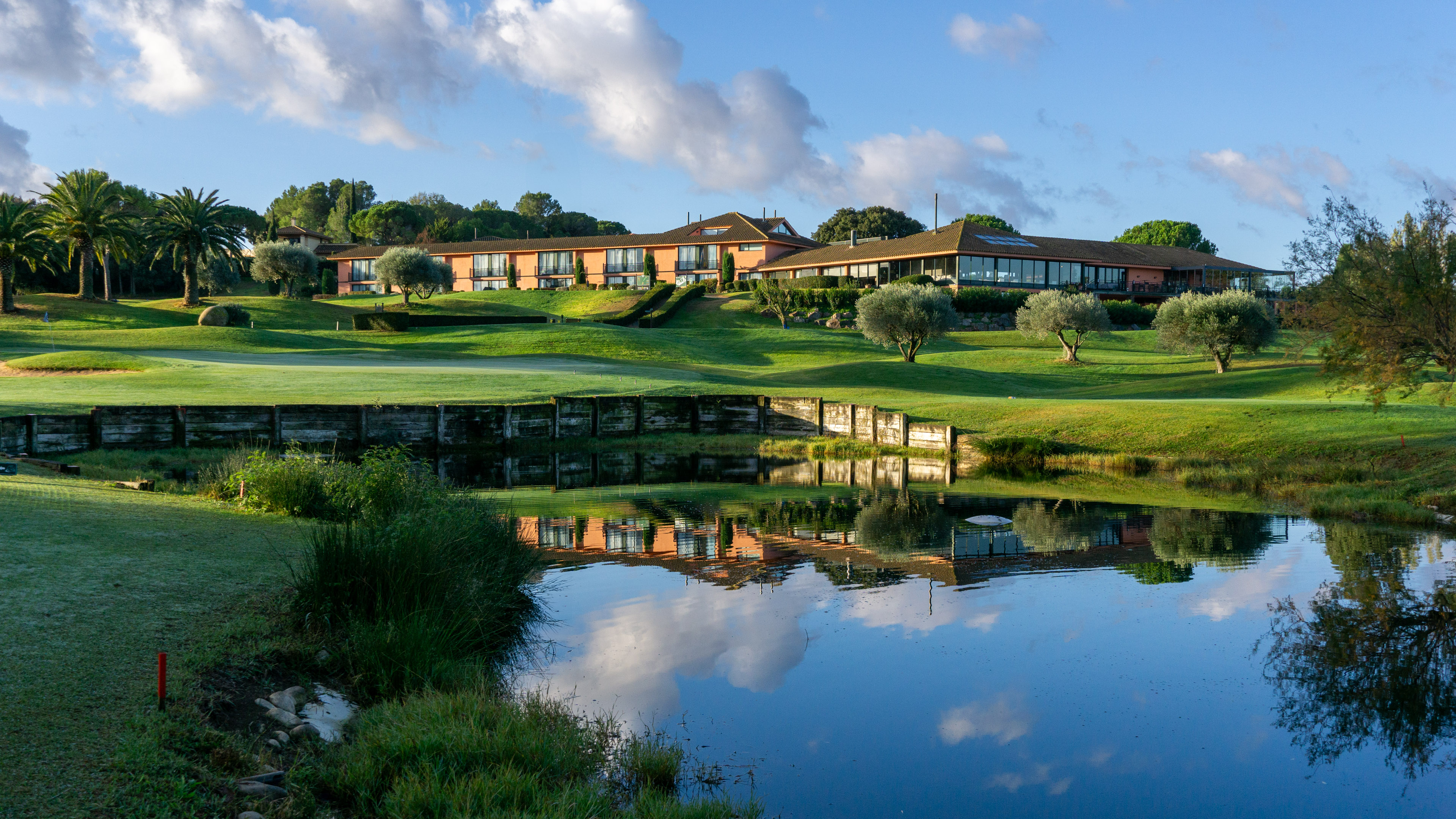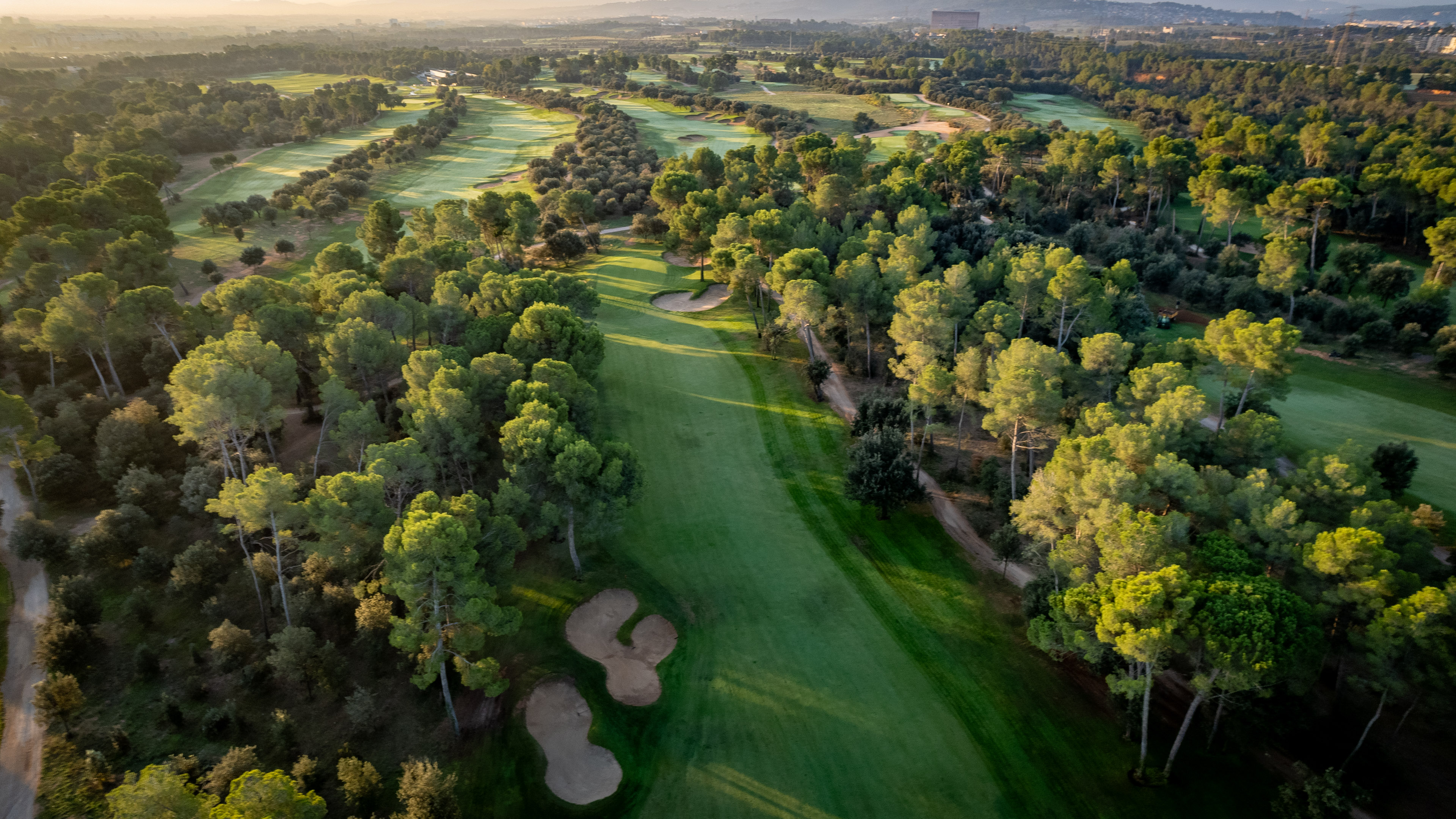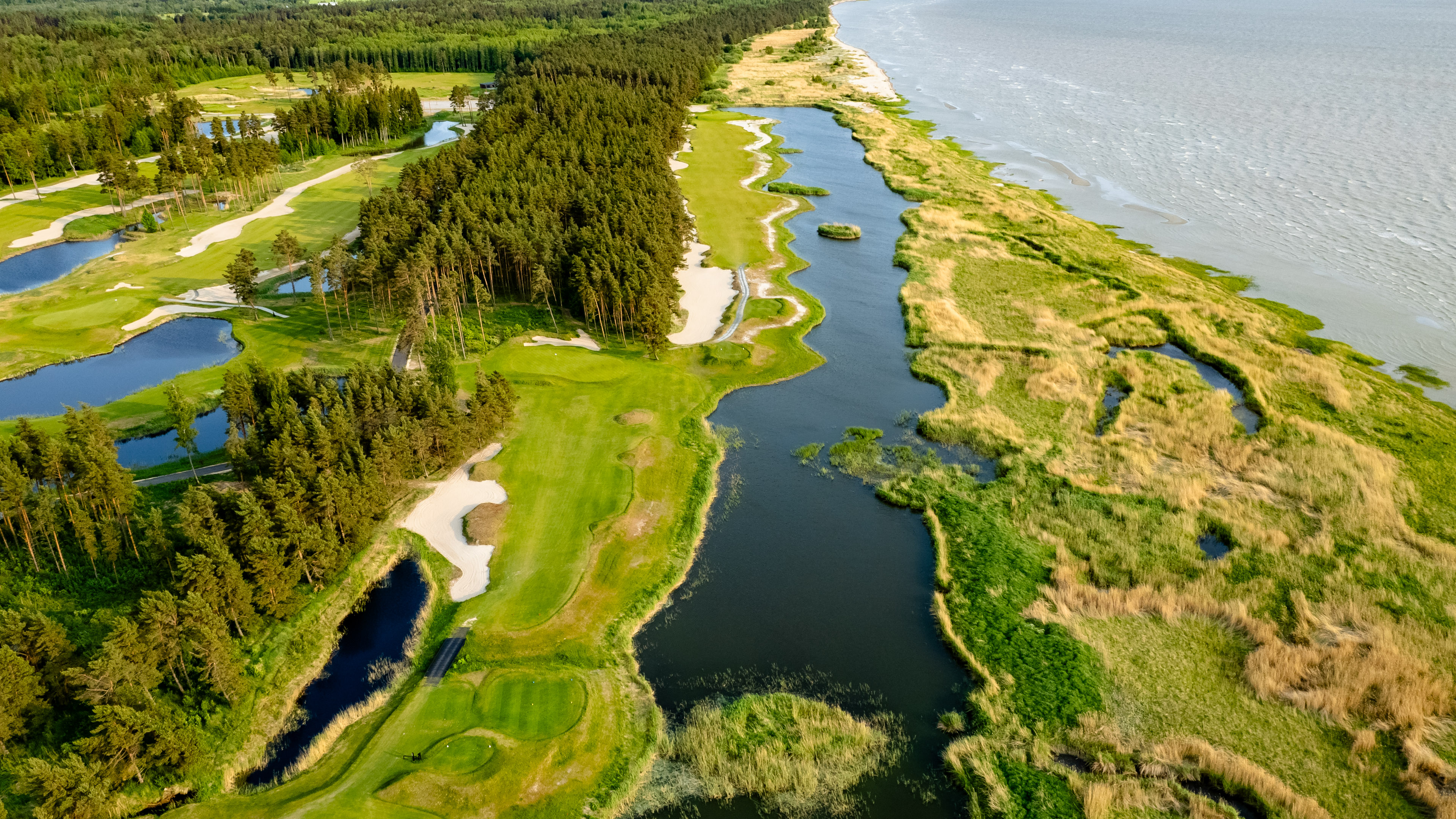The only thing I knew about Myrtle Beach before I arrived for a week’s worth of golf, was that my pro here in Norway owns a holiday home there. During winter months he plays golf every day, to his heart’s content. Why Myrtle Beach? ‘You have to see for yourself,’ he said.
There aren’t that many places in the world where golfers like me and you get to feel like we’re normal. At least, as normal as possible. I remember the first time I went to St Andrews in Scotland and marvelled at golf’s ingrained presence in daily life. The local pubs covered their walls and ceilings with golf memorabilia and seats featured plaques dedicated to long time caddies on the Old Course. You could sit and people-watch – inevitably someone walked nonchalantly past carrying a golf bag over their shoulder, on the way to the first tee. Nobody would bat an eyelid. It’s the kind of atmosphere that makes you feel like you’ve come home.
Myrtle Beach, South Carolina, is Golf Town, U.S.A. – a place where every golfer in the world, no matter their talent, background, language or social status, can find a place to enjoy their passion. On the drive in from the airport to our hotel at Grande Dunes we could see the evidence immediately. There are numerous flowery entrances to various golf resorts, there are giant storefronts in the malls – not only supersized Golfsmiths and Dick’s Sporting Goods, but also a PGA Tour Superstore and a big barnlike building with a simple sign above the door describing what it’s all about: ‘Golf Shoes.’ There are flashing neon lights advertising a Robert Trent Jones course, Waterway Hills, where golfers park in the lot by Highway 17 and take a gondola ride over the Intracoastal Waterway with their clubs to get to the clubhouse and first tee.
A hundred courses
With 100 courses to choose from in the greater area – at all price levels and all levels of exclusivity – it might take years before you feel like you’ve gotten to know some of them well enough.
For a tranquil setting with lots of wildlife try TPC Myrtle Beach, a Tom Fazio-designed course in Murrells Inlet, set in a forest of tall pines and featuring wild turkeys, woodpeckers and bushy-tailed raccoon squirrels. We were told that the turkeys were in mating season, and to be careful as they could act a bit territorial – but they didn’t bother us at all.
The course features a good mix of long and short holes, with deep and difficult bunkers and plenty of water hazards to catch every mis-hit. The resort hosted the Senior Tour Championship in 2000, when Tom Watson captured the trophy.
For a golf experience you’ll never forget, go to the Barefoot Golf Resort. It has four courses, designed by Davis Love III, Pete Dye, Greg Norman and Tom Fazio. All of them opened the same day in April, 2000.
All of the courses except the Dye Course share one clubhouse – the three tracks radiate out into the watery landscape from there. We played the Love Course, which has been rated by Golf Digest as the top public course in Myrtle Beach, and for good reason.
The fairways are generous, but the greens are well defended with bunkers and lots of water. It’s said that his inspiration for the course came from North Carolina’s famous course, Pinehurst #2. A convincing ‘ruin’ (recreated) of a plantation sets the scene around the 4th to the 6th holes. It seems that pars or even birdies are always tantalizingly close, but dangers lurk in the form of the Intracoastal Waterway, long-fingered bunkers and tricky greens that will bring you back to reality.
The Grand Strand’s oldest courses
If you want history and tradition, you’ve got plenty of that at courses such as Pine Lakes, ‘The Granddaddy’ (opened in 1927) or the famous Dunes Golf & Beach Club, a wonderful Robert Trent Jones Sr. design from 1948, a former senior tour and U.S. Women’s Open host.
The most famous stretch of holes at The Dunes Club is called ‘Alligator Alley’ – starting at the 11th. The climax is the par five 13th, called ‘Waterloo,’ that plays around Lake Singleton in a ‘u’ shape. It’s a beautiful hole, made even more dramatic by the alligators (some big ones) that like to lie in the sun at the edge of the fairway to put you off your approach shot.
The greens were good at all the courses we played, especially at The Dunes Club, where they were firm and very fast.
Myrtle Beach is about golf, and also it’s about being social – going to great restaurants (try the trendy Aspen Grille for fine dining) and soaking up the atmosphere. At the buzzing New York Prime steakhouse, we heard bits of conversation from a neighboring table: ‘It all came down to his putting,’ one of the guys said, while another launched into a rules infringement. This is the kind of place I like.
At the big pro-am held at Barefoot Resort’s Dye Course, the ‘Monday After the Masters’ I got that same strong feeling of affinity toward my fellow golfers. The local hero, Dustin Johnson, had missed the cut at the Masters, but made up for it with his presence at MAM. At the concert in the evening, the golfing rock star Darius Rucker (of Hootie & the Blowfish) brought Dustin up on stage to sing along on a country song, and the concert hall went crazy. Imagine that, a golfer who can’t sing, bringing down the house! This is Myrtle Beach – where golfers are people, too. And some of them are even rock’n’roll stars.
